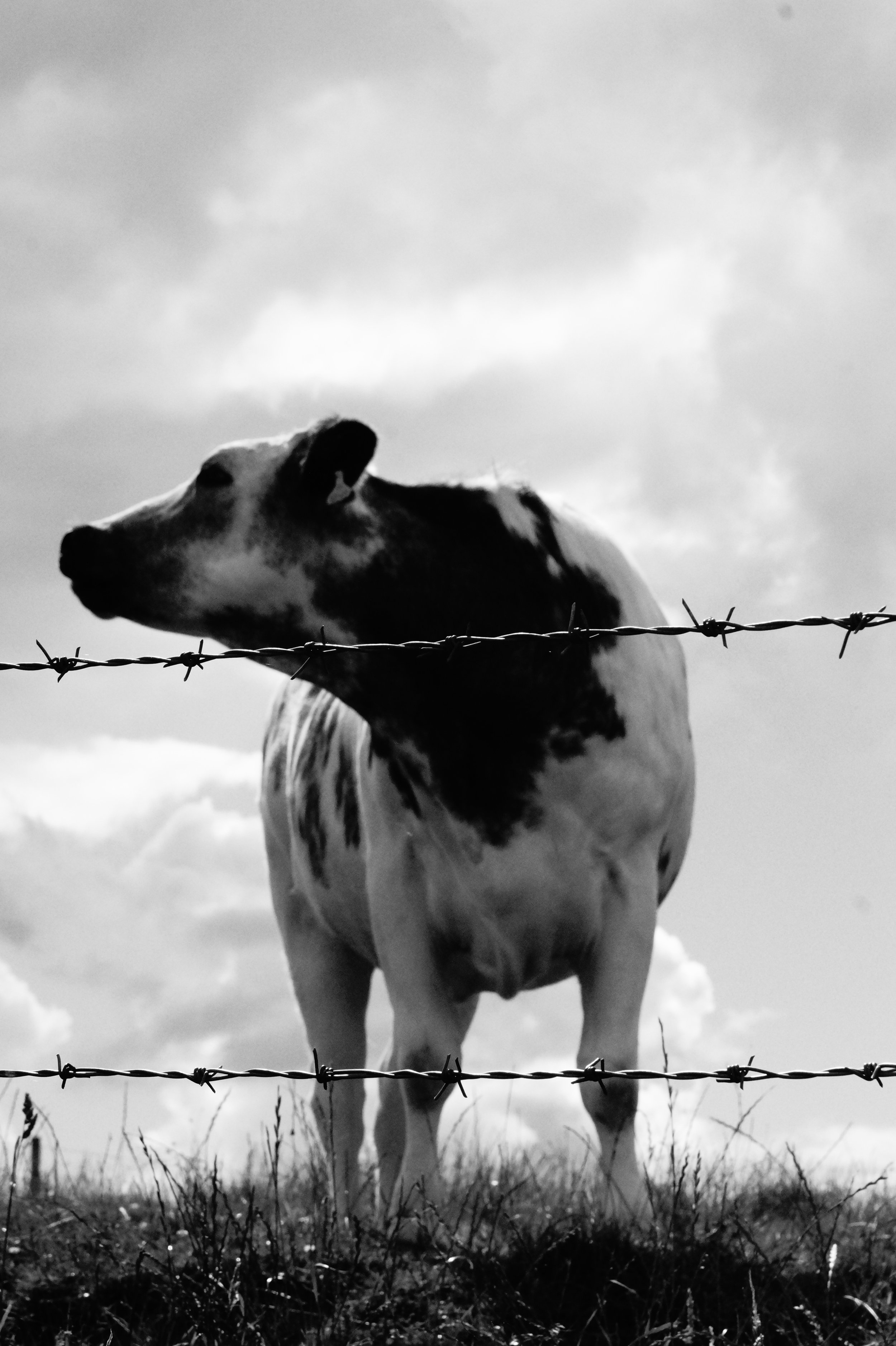Scotland’s barbed wire problem
Barbed wire is a globally recognised symbol of repression and captivity
What do prisons, the Korean DMZ, and rural Scotland have in common? The answer; hundreds of miles of barbed wire fencing. Invented in 1873 to enclose the American West, barbed wire has woven itself into the human landscape. From the Somme to Dachau and the Berlin Wall, it is associated with some of the most iconic - and harrowing - scenes in recent history.
Barbed wire is so entangled with repression, persecution, and internment in our minds that Amnesty’s logo; a candle wrapped in barbed wire, conveys an obvious meaning. It is an internationally recognised symbol of suffering. So it’s weird, when you think about it, that for most Britons, our only interaction with the stuff is in the bucolic British countryside. A place which many would consider to be nothing like a detention centre.
Barbed wire up close and personal
Scotland is perhaps the most striking example of this dissonance. Its open vistas, empty landscapes, and legally enshrined right to roam conjure a sense of total freedom for many of us. In places like Knoydart this is undeniably deserved. Yet up the east coast, from Aberdeen to Inverness, and perhaps above all in Orkney, the reality is one of enclosure, barbed wire, and electric fencing.
Not convinced that sharp metal barbs or an electric current are enough on their own, some landowners in Scotland opt for a mutant third-way; electric barbed wire fencing, hooked up to the mains. Regardless of your access rights, this is the kind of obstacle with which there is little point arguing. Running into one, aside from being extremely painful, turns a stroll in the countryside into a long and arduous exercise in retracing your footsteps.
If military grade fencing was the exception rather than the norm, perhaps it could be understood. Maybe the farmer has a particularly bad tempered bull? Maybe it needs to be kept in bovine Alcatraz? Unfortunately, it's cheaper and easier for a landowner to construct an entire fence out of barbed wire, rather than integrating a single strand into a traditional wire fence. As a result, vast swathes of the country are trussed up and dangerous to access.
Swathes of the country are trussed up in barbed wire
Whatever the solution looks like, the problem looks like this; I recently decided to walk from my house in west Orkney to the island’s Atlantic coast. Within this 2.3 kilometre journey, I encountered eight rows of barbed wire, three of which were electric. Some of these fences had been erected parallel and just metres apart like hurdles. I have had similar encounters in Inverness-shire and the Lowlands. While the right to roam naturally comes with responsibilities, this density of barbed wire is clearly intended to deter you from exercising that right.
Fence posts rot, but the barbed wire remains
I can’t put it better than the Orkney Islands Council, who openly admit that, ‘while the Land the Reform Scotland Act 2003 gives a right of responsible access to enclosed land’ the reality is that ‘the majority of land in Orkney is enclosed farmland, with extensive barbed wire or electric fencing which does not facilitate public access’. That is, access might be legal, but I’m afraid the gates are shut.
Livestock are often the reason for extensive barbed wire fencing
Sadly, this seems unlikely to change. While there is recourse if a landowner fences off a prescribed public path, they are free to fence most of their land as they please. Despite progress in technologies which facilitate fenceless farming, the commitment to barbed wire is about more than controlling cattle. While many landowners across Scotland have embraced the right to roam, some have doubled down (and doubled up) on barbed wire fencing. It’s not only about keeping the cows in, it’s about keeping us out.
Barely visible, old barbed wire sits coiled in the grass





